The world is facing a water crisis. But it is a slow moving crisis so it is generally overlooked until there is a drought close to home or the price of tea suddenly rises due to drought abroad.
But in the near future we will face regular global drought that will have direct impacts on all of us. Your business will feel the impacts of this global water crisis, what can you do about it?
Globally we use 200 million litres of water per second to produce food. Yes, two hundred million litres per second, every second! Most of this comes from rainfall but a big proportion is pumped out of the ground. Studies carried out this year show that around half of the world’s great aquifers (underground stores of water) are now being drained by human activity more quickly than they are being replenished by rainfall.
You may think that as the Earth is called the Blue Planet and it’s covered in water, and that water just goes round in the water cycle so there is no problem. But this graphic from the United States Geological Survey shows just how much accessible freshwater we really have. The big sphere is all the water on the planet, including the groundwater and the salt water in the oceans, the smaller sphere is all the freshwater on Earth, but most of this is deep underground and not accessible, and the tiny dot is all of the freshwater available for human use. That’s all there is. And that available freshwater is being polluted and shifted around between catchments as we use it.

The pressures on this available freshwater are many: climate change which is leading to uncertainty in rainfall patterns, increased demand for meat which is having a huge impact on water demand (it take 2,400 litres of water to produce single burger), population increases, increased domestic demand, increased energy demand which uses a lot of water, and increased pollution which is degrading our existing supplies.
So what does this mean for the UK and for UK businesses? The UK already has less water per person than many Mediterranean countries like Spain or Greece and the pressure on water resources is increasing. The UK will see more floods and more droughts, possibly even at the same time. It is not difficult to think of a scenario where droughts last for years and are interspersed with torrential downpours which cause devastation as they hit the hard dry ground. This is what happened during Australia’s big dry and California’s recent drought, but also you may remember Thames Water’s drought adverts on buses stranded in flash flooding in London in 2012.
During these long drought periods water companies will experience pressure on their networks and will introduce non-essential use restrictions. Water companies have a statutory duty to supply domestic properties but not to supply businesses, so you may see supplies affected with low pressure, interrupted supply or no supply. And before you think that big new reservoirs are the answer, they are no use if it doesn’t rain, as Sydney and LA and Cape Town have demonstrated.
So what would your business do without water? Do you have a contingency plan? Do you have stored water or alternative sources? And if you think that offices don’t really use much water what would you do if your staff couldn’t flush the toilet, or wash their hands or make a drink, and what would council environmental health officers do if you couldn’t do these things?
Without water many business would have to stop operating. This may sound far fetched but just this summer Jaguar Landrover and Cadburys stopped production because of water shortages in the Midlands. And, at the same time, if drought means lower river flows then there will be less dilution of effluent and any company with a discharge consent will find it difficult to meet their licence requirements, which again may mean they couldn’t operate without breaking the law.
Business need to start thinking about water now, as it touches on every aspect of their operations. And even if they have future-proofed their water supplies and sewerage, what about their supply chain? Is your supply chain resilient in case of floods and droughts? Would a flood in China or a drought in Tanzania impact on your production? These are things that companies have seldom considered, you may have backup power but what about backup water supplies?
And just to add to the list of watery things you should worry about, water companies are facing the same challenges which means, despite a few tweaks and price readjustments and benefits from better technology, the cost of water will rise dramatically over the next few decades and at the same time the Governmental response will be to tighten regulations on water use and sewerage discharges.
So in short business will see reduced water security, increased regulation, and higher prices.
Now is the time to look at your water and sewerage and to become as efficient as possible and to build resilience into your systems. And if you need some help, get in touch and we can advise.




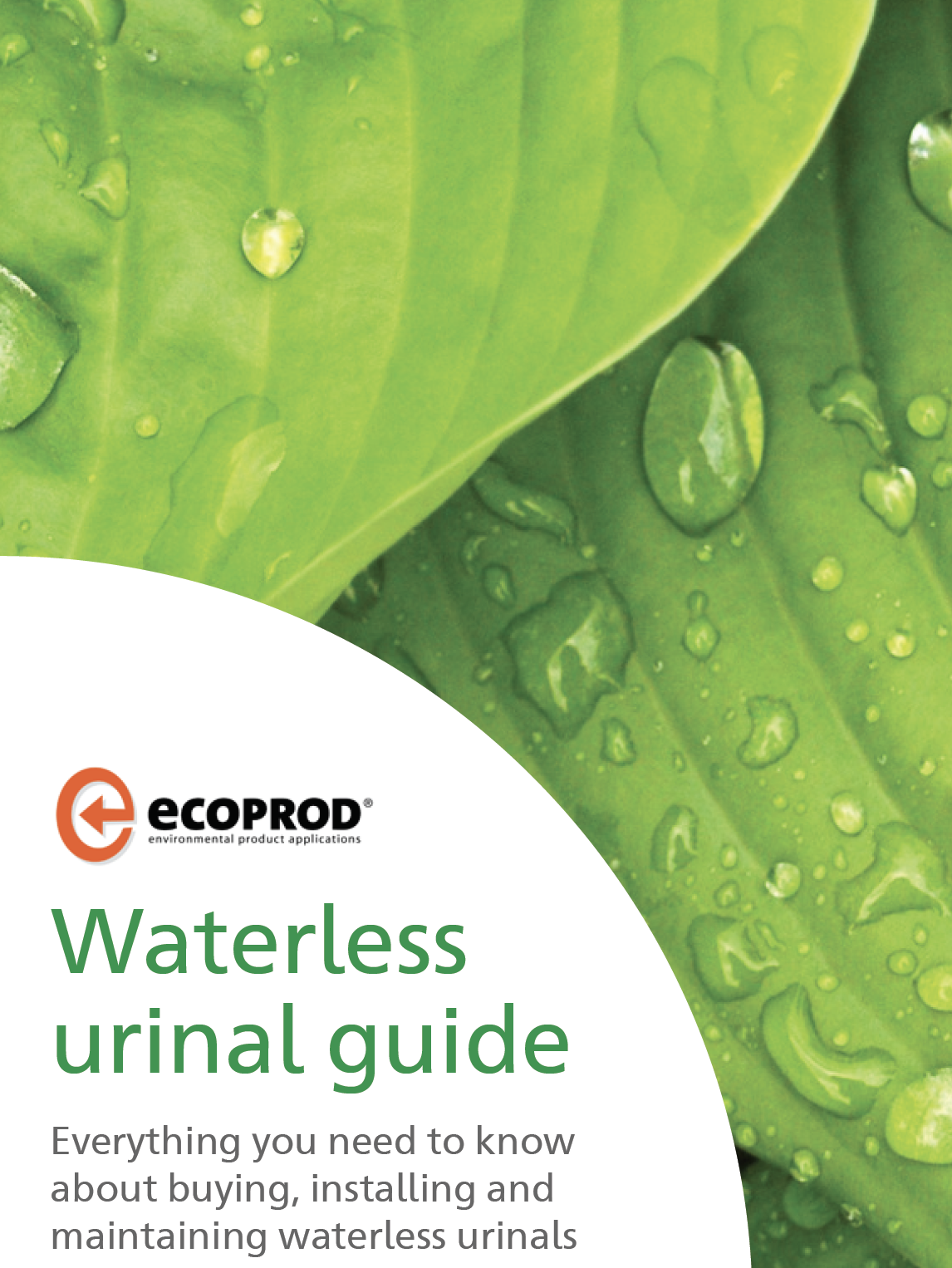








 For the last 8 years Robert Summer – Head of International Sales and Marketing – has developed structured distribution network worldwide for CONTI+ brand. The products offer great benefit for washrooms and shower rooms for public, semi-public and health sector. Today, sustainability, hygiene and smartness are key to CONTI+ solutions. Robert lives the brand and its USPs and loves to support and motivate his team on a daily basis.
For the last 8 years Robert Summer – Head of International Sales and Marketing – has developed structured distribution network worldwide for CONTI+ brand. The products offer great benefit for washrooms and shower rooms for public, semi-public and health sector. Today, sustainability, hygiene and smartness are key to CONTI+ solutions. Robert lives the brand and its USPs and loves to support and motivate his team on a daily basis.




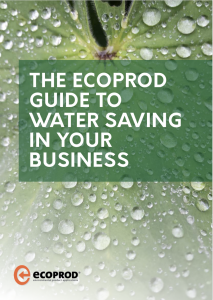
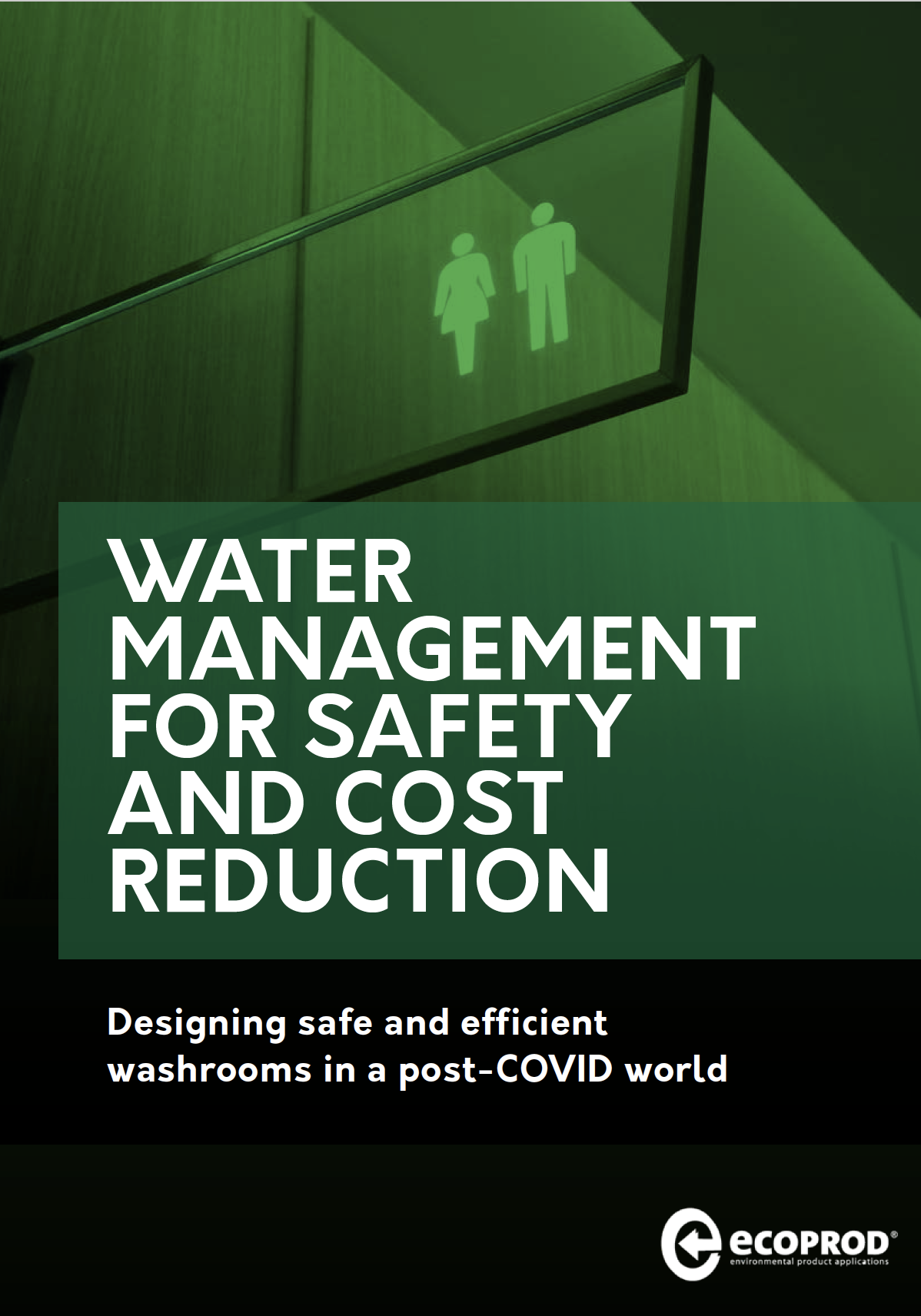



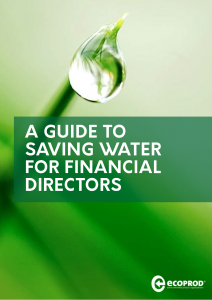
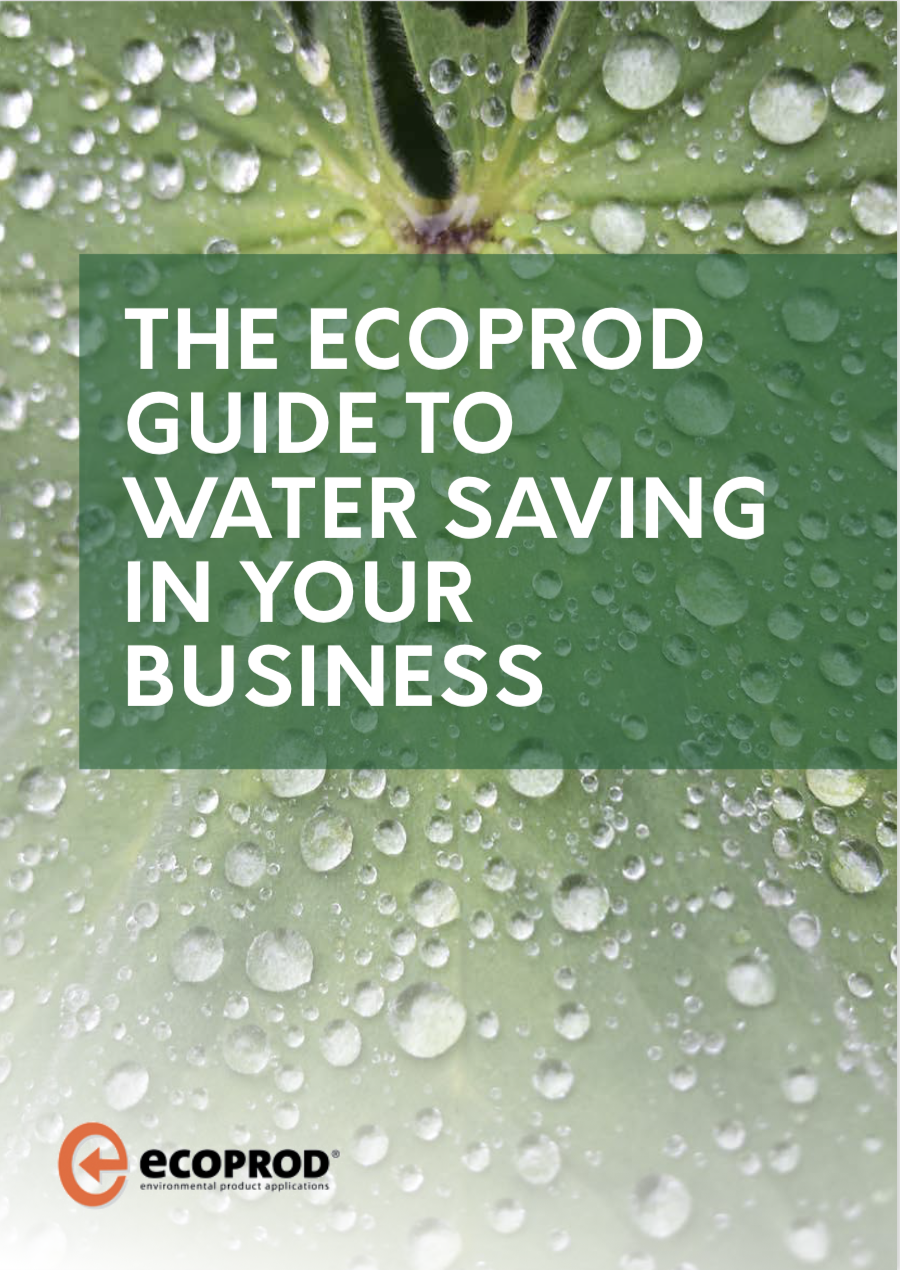
Comments are closed.